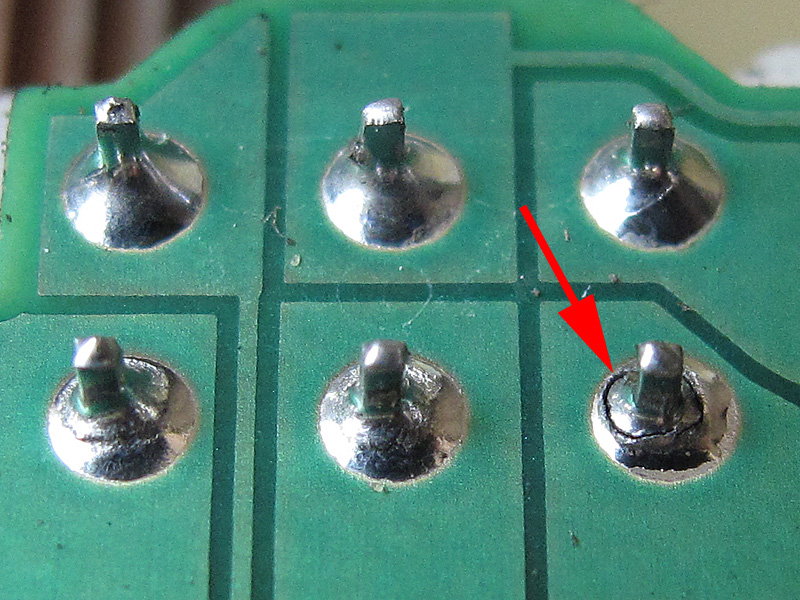MacMischief(iskra)
Member
Hello vintage Mac friends! Yesterday I purchased myself this Mac 512k at a yard sale for $65. As we all know these machines are little toasters, so most of them dont work. I took I took it home and opened it up (please note that three of the five torques T15 screws where missing exept the screws under the handle). I checked it out and besides a little dust, all the caps looked very clean. When I powered it up, the speaker made a pumping noise and the floppy made a small and short vrrrr noise along with the speaker. There was no display at all. Today I realized that when hitting the side of the machine that had the power/analog board the machine began to chime and a couple of dots appear on the screen for a second. After awhile of putzing around inside with my multimeter (I can barley use a multimeter) while the computer was on And touching the voltage regulator, with the multimeter, and it sparking (I did this twice) the machine would chime on powerup, and the heater would glow. This, of course, was short lived, and it went back to its same shannanigans. Then after banging around on the board some more I realized that when moving the flyback transformer cable around the thing would chime and spin up the floppy every time. I left it to do this for about ten minutes to go write this message, and came back to hear the floppy drive making a weird grinding noise ( as shown in the video below) like it is trying to eject a disk. Going back to it again, it now does nothing(back to the same things as stated in the begging)even with me moving the transformer cable about. I really dont know whats wrong so I hope you great folks who know more then me do. Anyway I have included a video below. Thank you so much for reading and have a great week!

